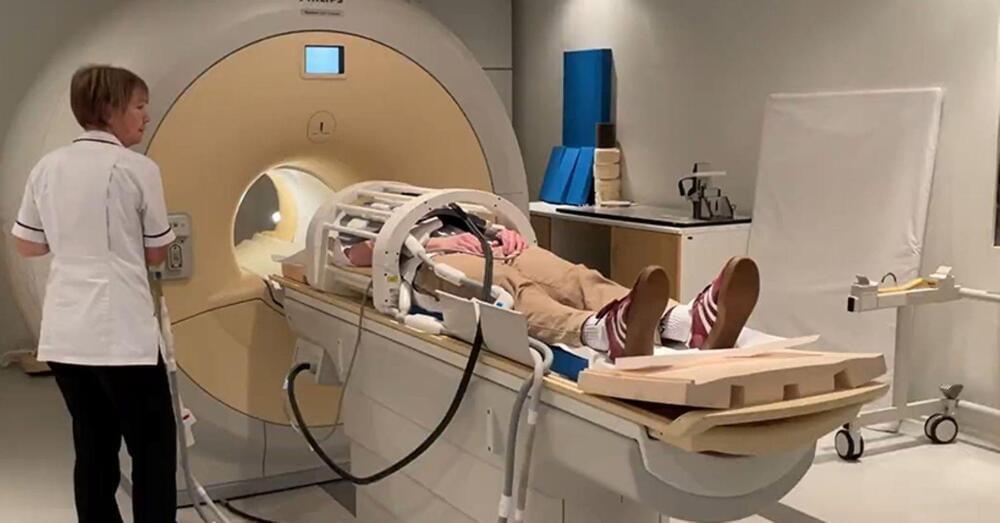In a paper published in the journal Neuroscience of Consciousness psychology researchers from the University of Technology Sydney (UTS) worked with 54 participants to examine the effects of surveillance on an essential function of human sensory perception – the ability to detect another person’s gaze.
Lead author, Associate Professor of neuroscience and behaviour Kiley Seymour, said previous research has established the effects on conscious behaviour when people know they are being watched, but the new study provided the first direct evidence that being watched also has an involuntary response.
“We know CCTV changes our behaviour, and that’s the main driver for retailers and others wanting to deploy such technology to prevent unwanted behaviour,” Associate Professor Seymour said.
However, we show it’s not only overt behaviour that changes – our brain changes the way it processes information.
We found direct evidence that being conspicuously monitored via CCTV markedly impacts a hardwired and involuntary function of human sensory perception – the ability to consciously detect a face.
It’s a mechanism that evolved for us to detect other agents and potential threats in our environment, such as predators and other humans, and it seems to be enhanced when we’re being watched on CCTV.
Our surveilled participants became hyper aware of face stimuli almost a second faster than the control group. This perceptual enhancement also occurred without participants realising it.








